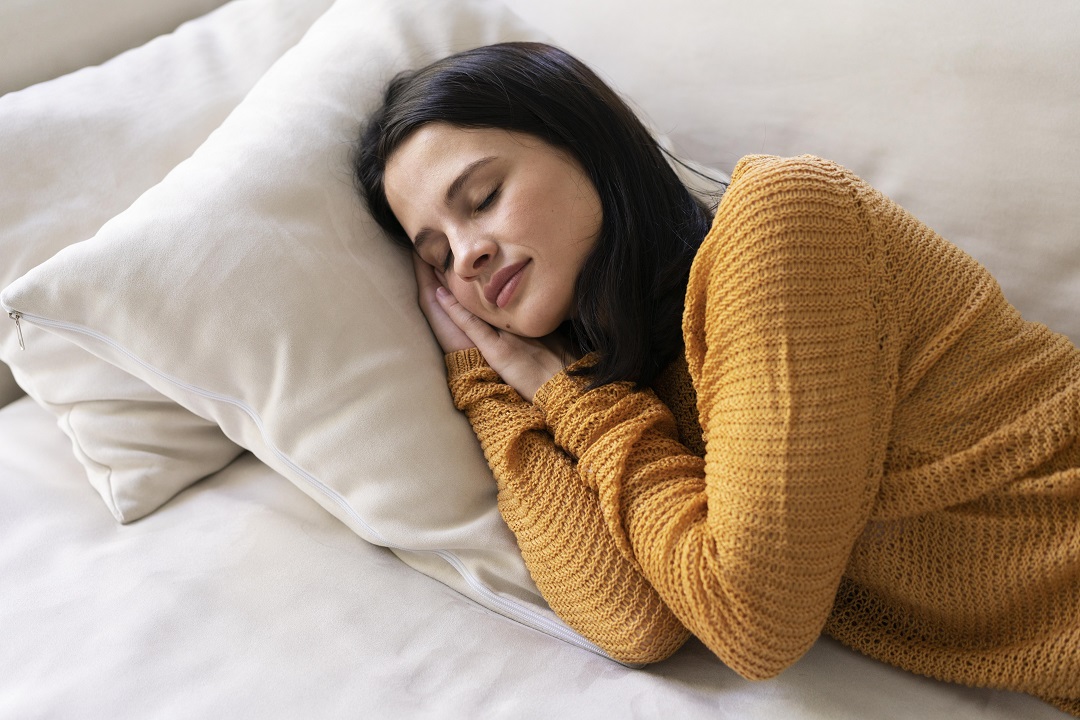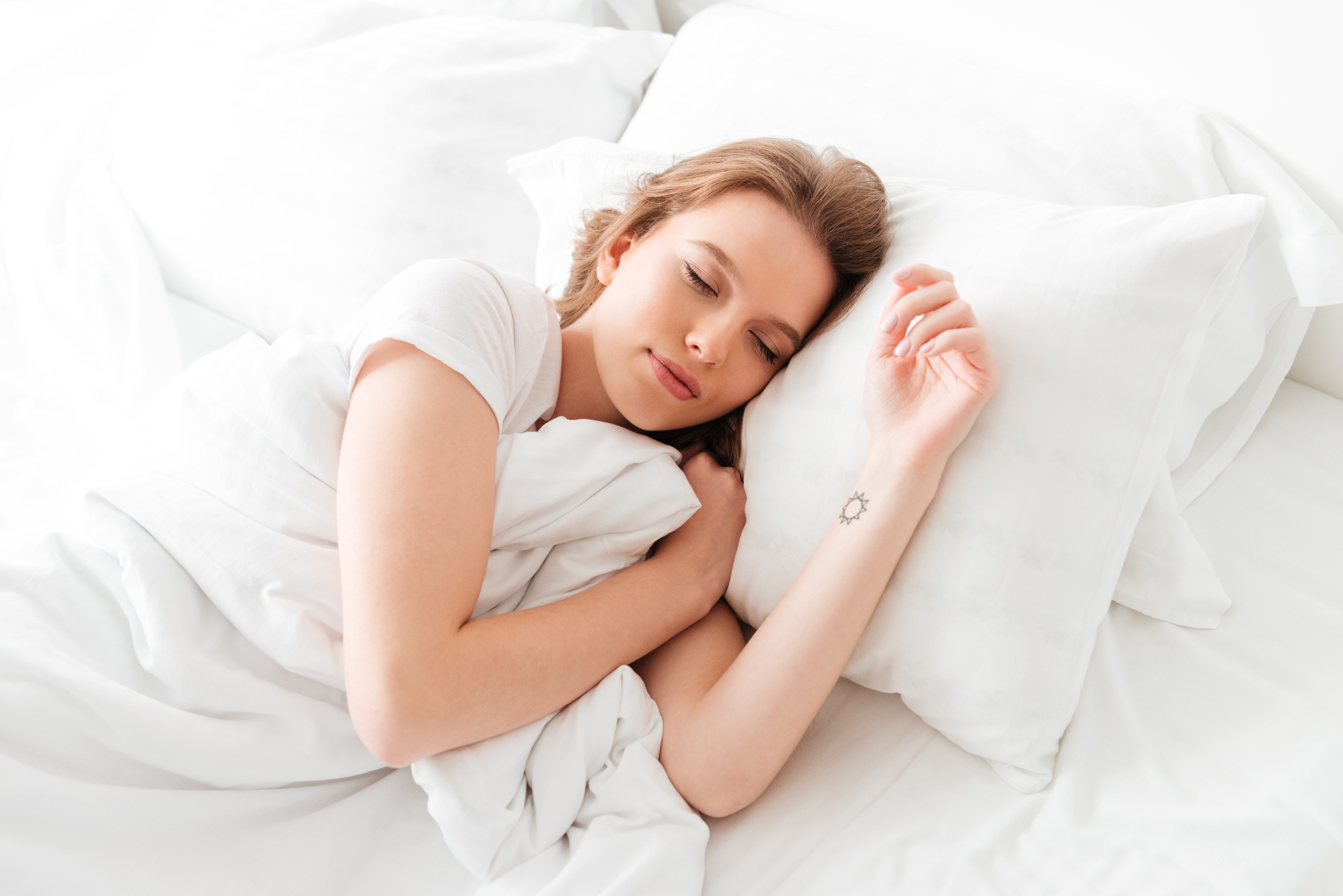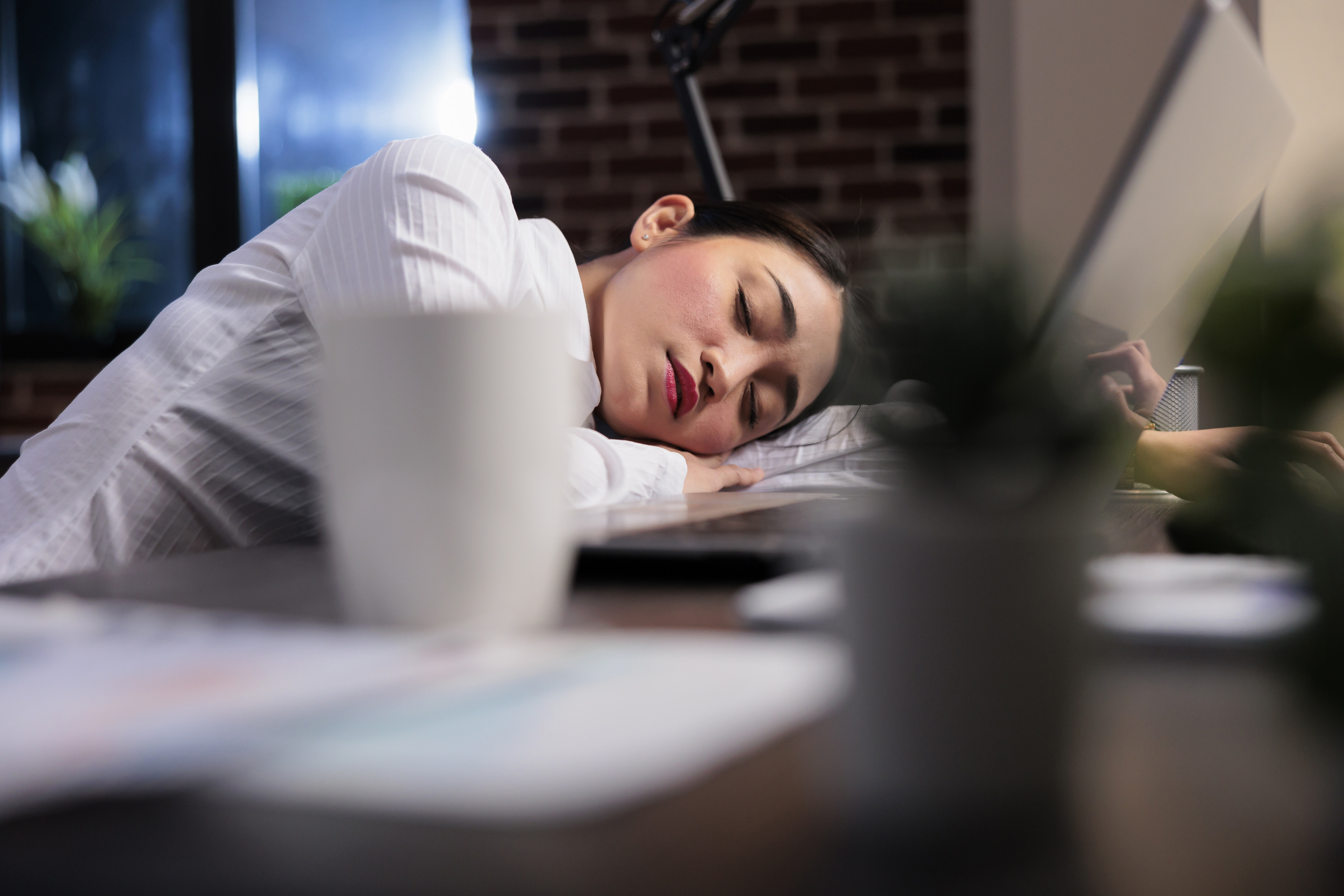
Lower back pain is not something that we aren’t aware of. It is quite common among people who tend to slump to a side with a slight spine bent, perform exhausting household chores not paying attention to their posture while bending or avoid exercise leading to unused back muscles.
The lower back is the most essential part of the body as it handles most of the body weight and hence, it is the easiest part to get damaged at the smallest of mistakes. Things like unmonitored back exercise, sitting in the wrong position or performing house chores by putting pressure on the lower back can lead to permanent lower back damage.
Understand the Back Structure to Identify the Damage Area
The lower back consists of 5 vertebrae in the lumbar region that handles the weight of the upper body. These vertebrae are equally spaced by round, rubbery pads known as intervertebral discs. They act like shock absorbers between the bones of the spinal column to help the body move seamlessly. And these bones are supported by Ligaments and tendons, which hold the vertebrae in place and attach the muscles to the spinal column, respectively.
There are approximately 31 pairs of nerves rooted to the spinal cord that control the movement of the body and transmit signals from the body to the brain helping you to make decisions, react and respond immediately.
The fact that the lower back is stressed or injured, it can cause your body to be disabled for a particular period or permanently. Hence, it’s extremely important to ensure you take the right precautions to tackle the pain.
Sleeping on the right mattress and in the right position are the precautions that you can take to reduce your back pain. Let’s first talk about the best sleeping position for back pain and then jump directly to the right choice of mattresses and pillows.
Best Sleeping Position for Back Pain
1. Sleep on your Side
If you are suffering from a slipped disc or herniated disc, you might want to switch to a fetal position. The discs between the vertebrae are soft and tender, when you suffer from a slipped disc your disc pushes out from its original position causing immense back pain, nerve pain, and weakness.
In such a scenario, curling up your torso opens the space between the vertebrae helping the lower back to relax.
Steps to follow
1 – Gently lay down on your back and roll over to your side (right or left)
2 – Move your legs towards your chest and gingerly curl your torso.
3 – Ensure to switch sides between the night to prevent any bodily imbalance.
2. Sleep in Reclining Position
If you have isthmic Spondylolisthesis, a condition in which one disc between the vertebrae slips over to below it, then sleeping in a reclining position might find you some comfort. It feels like you are sleeping in a chair but sleeping in a chair perhaps will cause further imbalance to your body.
1 – Gently lay down on your back on a reclining bed.
2 – You can switch to the sides but only with a pillow between your legs.
3. Sleep on the Stomach
If you fall in the category of degenerative disc issue you might find sleeping on your stomach the most comfortable position at night. It can relieve the excessive stress on your back.
While most people believe that sleeping on your stomach might not be an excellent idea, we can assure you it is partially true. Sleeping on your stomach causes strain to your neck muscles, however, it also relieves lower back pain.
Steps to follow
1 – Gently lay down on your stomach and place a soft pillow under your pelvis and abdomen to release the pressure from the neck. Pillow generally maintains your body posture and also aids in relieving lower back pain.
2 – You may or may not want to sleep on your stomach the entire night; In such a scenario you can gently switch your position by removing the pillow from under your pelvis.
4. Sleep on your Side with a Pillow
It is the general lower back pain that puts you in the most uncomfortable position. For this, just sleeping on your side may not be helpful. To ensure your back is getting the right support, you can put one or two soft pillows between your legs. It not only helps maintain the overall body posture but also reduces pressure from the lower back.
Steps to follow
1 – Gently lay down on your back and gingerly shift to your side position.
2 – Curl up your legs to your chest.
3 – Place one or two pillows between your legs, as per your convenience.
Choose the Best Quality of Mattress and Pillow
Mattress and pillow quality matters when we are talking about the best sleeping position for back pain. After taking prescribed medicines for lower back pain, all you can do is maintain a good sleeping position and ensure you have the right mattress quality to avoid causing further damage to your spinal cord.
What Kind of Mattress Should Look For?
If you are suffering from lower back pain frequently, then sleeping on a soft mattress might worsen the situation for you. Having said that, sleeping on a hard mattress might offer you the poorest of sleep. So if not hard and soft, then what kind or type of mattress should you look for?
If you are looking to invest in a good mattress, it should be a medium-firm mattress or memory foam mattress that undoubtedly offers stellar comfort, durability and relaxation. Memory foam mattresses, at first were used to prevent bedsores. Its unique quality of pressure distribution helps proffer comfort as if sinking into the mattress allows you to have natural sleep movements.
The memory foam mattress takes the shape of your body and ensures your body is aligned to reduce pressure from your neck and lower back.
What Kind of Pillows Should Look For?
Pillows ought to cradle your neck to support your upper body. If you are sleeping on your back you should use a thin pillow that keeps your body aligned while asleep. However, if you are a side sleeper then you should choose a thick pillow to ensure an aligned body while sleeping. Again memory foam pillows are good in both cases as it takes the shape of your head and brings your body in alignment.
Remember that alignment is an important criterion when talking about sleeping positions and relaxing sleep. While sleeping use pillows to fill in the gap between the mattress and your body to reduce the strain from your neck, shoulders and lower back. In addition, while turning and tossing at night, move your body together and keep your core tight. This ensures your body is in your control.



